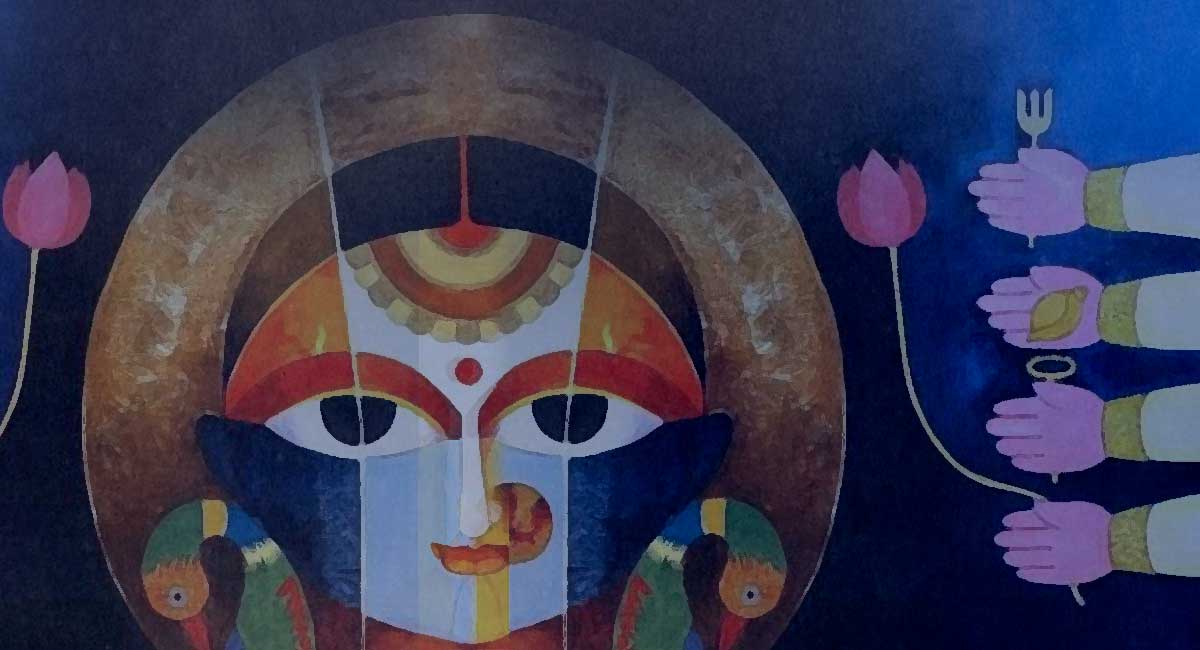Many are familiar with Sharad Navratri which occurs in September/October time, and perhaps also with Chaitra Navratri that occurs around March. But Navratri occurs four times in a year, during the different seasons, and each is named after the Vedic month that it occurs in – ‘Chaitra’ in spring, ‘Ashadha’ in monsoon/summer, ‘Sharad’ in autumn and ‘Magha’ in winter.
Navratri is the festival of nine nights, each of which is associated with one of the nine forms of the warrior Goddess, Durga. Durga is the fierce alter ego of Parvati, the wife of Lord Shiva, the all-pervading divine consciousness.
The Sanskrit meaning for Durga is a place that is protected and cannot be reached by evil forces. The word Durga also means invincible, unbeatable and undefeated. She is considered to be the combined forms of three Goddesses, Saraswati (Goddess of Learning and Music), Lakshmi (Goddess of Wealth), and the fearsome Goddess, Kali.
Let’s take a look at each of the four Navratris and mark them in your calendar as fantastic periods to cleanse yourself and invoke the power of the Goddess within you!


No Comments
Leave a comment Cancel